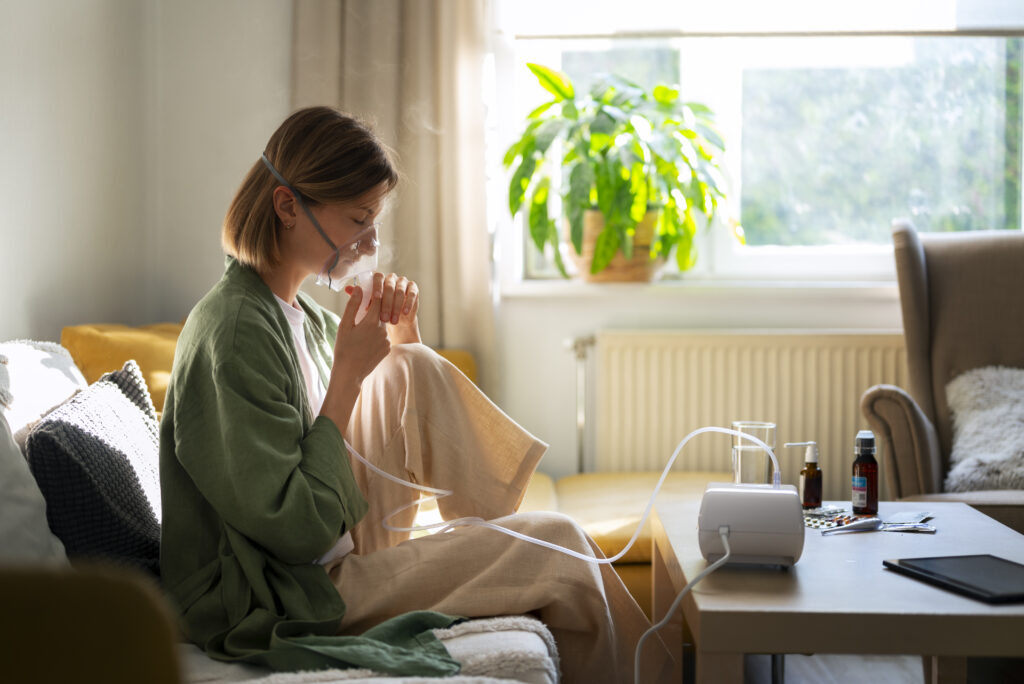In times of respiratory crisis or equipment shortage, many individuals search online for how to make oxygen concentrator at home. While the intent may be driven by necessity, creating a reliable, medical-grade oxygen concentrator at home is far more complex—and potentially dangerous—than many realize.
At VARON, a leading manufacturer of high-quality portable oxygen concentrators like the VP-2, VP-6, and VT-1, we understand the urgency behind such questions. However, it is crucial to separate myths from reality and explore safe alternatives to DIY solutions.
Understanding the Science: What Is an Oxygen Concentrator?
Before diving into how to make oxygen concentrator at home, it’s essential to understand how a standard oxygen concentrator works. An oxygen concentrator pulls in ambient air, filters out nitrogen, and delivers concentrated oxygen—typically around 90% or more—to the user.
VARON’s oxygen concentrators use Pressure Swing Adsorption (PSA) technology. This process requires sophisticated molecular sieves, air compressors, flow regulators, and electronic control systems—components not easily assembled at home with the required safety and reliability.
The Problem With DIY Oxygen Concentrators
The idea of how to make oxygen concentrator at home might sound appealing, especially during emergencies. But here’s why you should avoid building one yourself:
1. Lack of Oxygen Purity Control
Home-built systems cannot ensure medical-grade oxygen levels (90–95%). Impure oxygen can do more harm than good, especially for COPD or COVID-19 patients.
2. Safety Risks
DIY units lack proper pressure control, fail-safe mechanisms, and filtration. A faulty unit may overheat, catch fire, or deliver insufficient oxygen.
3. No Regulatory Approval
Devices made at home do not meet safety certifications like FDA, CE, or ISO standards required for medical use. This puts users at serious risk.
4. False Economy
Even if you manage to build a functional model, the time, effort, and cost of sourcing parts could equal or exceed that of purchasing a compact, tested, and portable unit like the VARON VP-1 or VL-1.
A Safer Alternative: VARON Oxygen Concentrators
Rather than exploring how to make oxygen concentrator at home, consider investing in a VARON portable oxygen concentrator designed for safety, portability, and performance.
VP-2: Ultra-light, pulse flow with dual oxygen modes and long battery life.
VP-6: Continuous flow up to 6L/min with built-in nebulizer—ideal for chronic respiratory patients.
VT-1: Compact and car-compatible model, perfect for travel and outdoor use.
All VARON models provide oxygen concentration up to 93% ±3%, integrated filters for purified delivery, and intelligent mode switching for consistent therapy.
Why DIY Isn’t Worth the Risk
If you’re still wondering how to make oxygen concentrator at home, remember that you’re dealing with your lungs—your life. Breathing improperly filtered or inconsistent oxygen can lead to hypoxia, carbon dioxide retention, or other complications.
Instead, opt for proven, medically approved devices that are engineered to support your respiratory health. VARON’s concentrators are affordable, user-friendly, and come with accessories like car adapters, external batteries, and easy-carry bags.
Conclusion: Don’t Compromise on Respiratory Safety
While it’s natural to search for solutions in difficult times and ask how to make oxygen concentrator at home, the risks involved far outweigh the benefits. Oxygen therapy is not a DIY experiment—it’s a medically sensitive process that should be handled by professionals.
Choose a safer path. Choose VARON. Our line of portable oxygen concentrators is built on advanced technology and years of industry trust. When it comes to your health, don’t take chances—invest in reliability.
